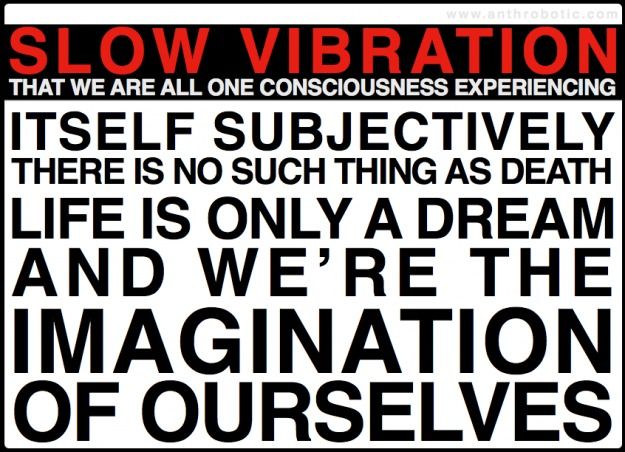Nov 4, 2012
The Kline Directive: Technological Feasibility (2a)
Posted by Benjamin T. Solomon in categories: defense, education, engineering, ethics, military, open source, philosophy, physics, policy, scientific freedom, space, transparency
To achieve interstellar travel, the Kline Directive instructs us to be bold, to explore what others have not, to seek what others will not, to change what others dare not. To extend the boundaries of our knowledge, to advocate new methods, techniques and research, to sponsor change not status quo, on 5 fronts, Legal Standing, Safety Awareness, Economic Viability, Theoretical-Empirical Relationships, and Technological Feasibility.
In this set of posts I discuss three concepts. If implemented these concepts have the potential to bring about major changes in our understanding of the physical Universe. But first a detour.
In my earlier post I had suggested that both John Archibald Wheeler and Richard Feynman, giants of the physics community, could have asked different questions (what could we do differently?) regarding certain solutions to Maxwell’s equations, instead of asking if retrocausality could be a solution.
I worked 10 years for Texas Instruments in the 1980s & 1990s. Corporate in Dallas, had given us the daunting task of raising our Assembly/Test yields from 83% to 95%, within 3 years, across 6,000 SKUs (products), with only about 20+ (maybe less) engineers, and no assistance from Dallas. Assembly/Test skills had moved offshore, therefore, Dallas was not in a position to provide advice. I look back now and wonder how Dallas came up with the 95% number.
Continue reading “The Kline Directive: Technological Feasibility (2a)” »










